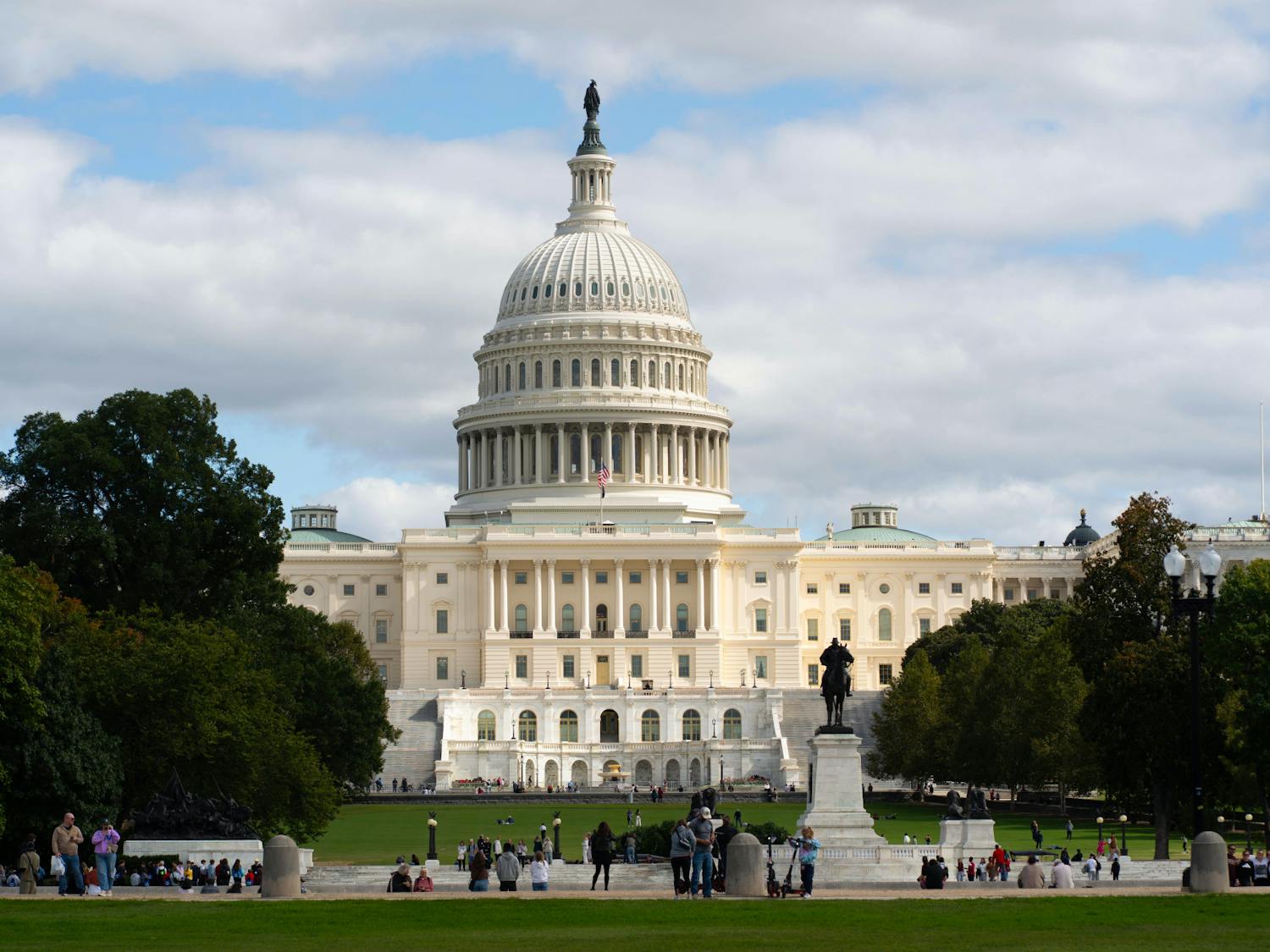Move over, jungle juice — there’s a new drink of choice in town: Four Loko. It’s in a soda-like can, covered in bright flashy colors and it’s cheap like other soft drinks. It even turns your mouth red.
But Four Loko is far from your average cup of spiked Kool-Aid. It is made up of caffeine and other materials commonly found in energy drinks, but also contains 12-percent alcohol, which is three times the amount found in one beer.
Some would argue that the drink has harmful implications, and that it has nothing but dangerous consequences. Four Loko was banned this month at Ramapo College in New Jersey after 23 students were hospitalized in one month from its effects. Other colleges may consider following suit. Officials and politicians — including one in Chester County outside Philadelphia — have also advocated against the sale of Four Loko.
But the officials and politicians that are taking up this cause are either looking for attention or sadly disillusioned. Although its content and marketing does make Four Loko a concern, there is no reason to ban it altogether.
Banning Four Loko on college campuses and from stores won’t solve or reduce the problem of binge drinking. College administrators should know by now that banning something doesn’t mean that students won’t get it, have it and use it. They also need to consider the long term. If colleges really wanted to reduce dangerous binge drinking, they should turn to education and amnesty policies, like Penn has successfully done, rather than an outright ban.
Some students agree that Four Loko shouldn’t be prohibited. “It shouldn’t be banned,” Wharton senior Caitlin King said. “I have tried it and personally don’t like it, but a lot of people do, and there is stuff on the McDonalds menu that is just as bad for you.”
With its cartoon-like packaging, Four Loko has some politicians worried about the message it sends to youth. Four Loko’s appearance does attract young soda-drinkers rather than adults of age looking for alcohol. But the level of alcohol is also very clearly marked on the outside of can. Even if most high-schoolers don’t know what that number means, they should receive the same type of alcohol education that colleges use, which can counteract the youth-oriented marketing. That way, no matter what you put on a bottle, young people of all ages would know that 12-percent alcohol means more alcohol than one teenager can handle in a short amount of time.
The Food and Drug Administration is concerned about mixing a depressant (alcohol) with a stimulant (caffeine). The caffeine masks the effects of the alcohol, meaning people don’t feel how drunk they’re getting and could end up drinking more than they should, leading to serious health risks.
The health community has agreed that consuming a mixture of caffeine and alcohol can lead to riskier behaviors than consuming just alcohol. But not everyone who has drunk Four Loko has ended up in the hospital. Like a handle of Vodka, it is sold in a large container, but most people don’t buy a handle of vodka just for themselves for one night. Moderation is key.
Outlawing Four Loko for the protection of youth assumes that there are no other positive uses, which is far from the truth. Just like many other alcoholic or caffeinated beverages, it can be enjoyed safely.
While college students’ brains may not be fully developed and our decision-making areas may be more impulsive, officials shouldn’t assume that we can’t be taught to know better. Four Loko shouldn’t be taken lightly, but it certainly shouldn’t be unavailable.
More drastically, outlawing a pleasure that has the possibility to be harmful can lead to a very slippery slope. What will officials and politicians try to ban next? Sex?
Adrienne Edwards is a College sophomore from Queens, N.Y. Her e-mail address is edwards@theDP.com. Ad-Libs appears on Wednesdays.








